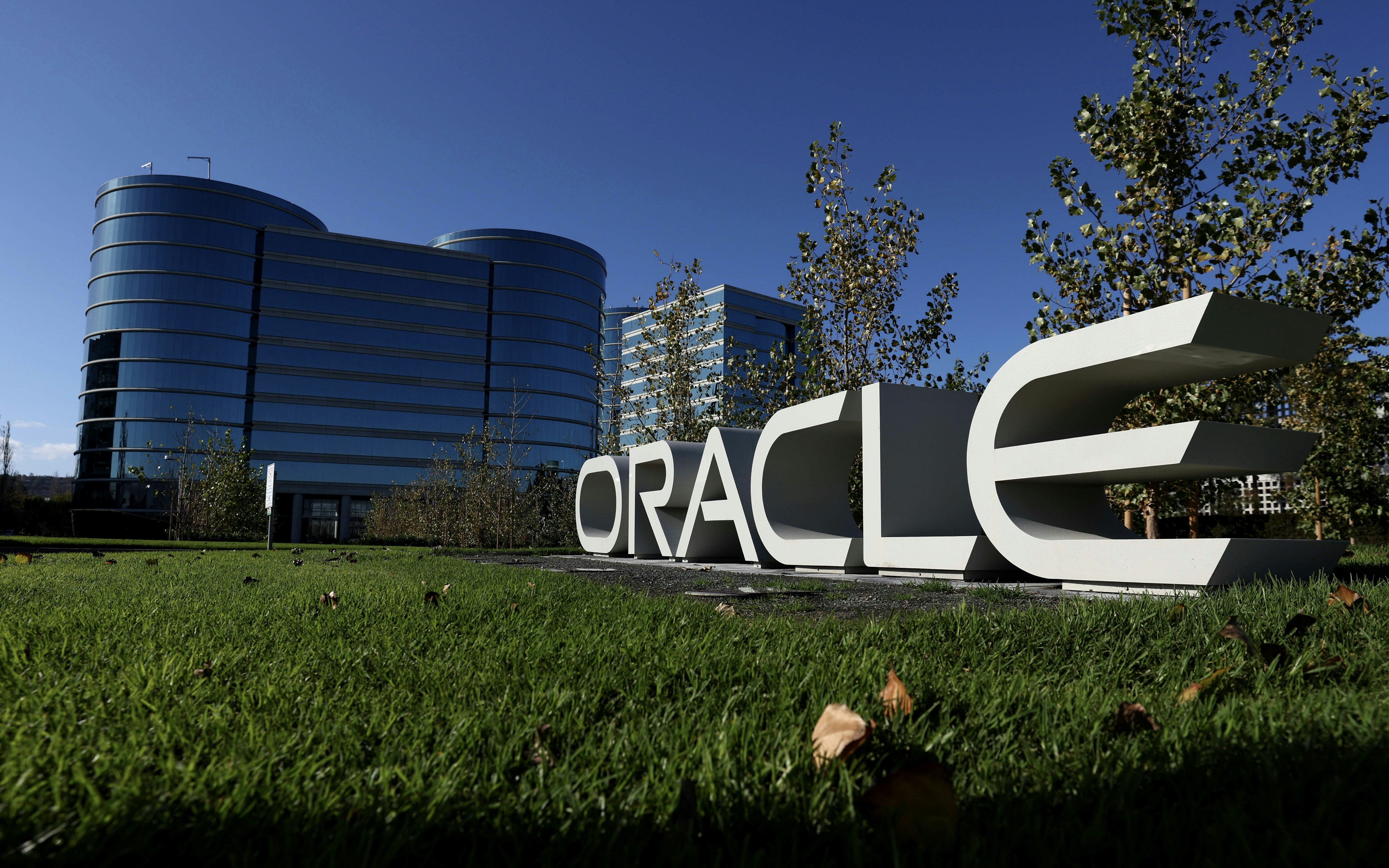Palo Alto Networks Inc. experienced a decline in share price after the company issued a cautious forecast for the current quarter, which once again raised concerns about a slowdown in the cybersecurity services sector.
"Sales in the fourth fiscal quarter are expected to be between $2.15 and $2.17 billion, the company announced on Monday. Analysts had anticipated a figure at the upper end of this range, according to data from Bloomberg."
The earnings in the fourth quarter, a closely watched benchmark, are expected to amount to $3.43 to $3.48 billion. Analysts had expected $3.47 billion.
This cautious forecast follows a disappointing quarterly report in February when shares of Palo Alto Networks experienced their biggest one-day loss to date. At the time, CEO Nikesh Arora said that customers were facing "spending fatigue" in the area of cybersecurity, which fueled fears that budgets could be cut despite increasing attacks.
Arora explained in an interview with Bloomberg TV that the company is facing "short-term challenges" as the market digests the strategic changes. However, the cybersecurity sector remains "very robust," he said.
The company's shares fell by around 6% at approximately 9:39 AM in New York, representing the biggest fluctuation in three months.
Shorter contracts and strategic changes weigh on bookings at Palo Alto Networks, as reported by Bloomberg Intelligence. However, management expects growth in the second half of 2024.
During a conversation with analysts, CFO Dipak Golechha acknowledged that there had been "significant volatility in our billings." However, he argued that this was due to payment terms and that there were other, more relevant metrics, such as the sale of new subscriptions for next-generation products, which may also include artificial intelligence.
Arora supported this view and referred to billing as "an artificial metric". He prefers to focus on subscription revenue and remaining performance obligations, and was surprised by the market's reaction. "Based on these figures, the business is stronger than we expected," said Arora.
Arora added that cyber attacks continue unabated. He referred to attacks by state-sponsored actors and others that could cause damage within a few hours. He expects spending on cybersecurity to continue as customers focus on securing the cloud.
"In terms of spending on cybersecurity, we see no change in the space or in development," he said. "Most clients have a number of projects they want to complete, and the only limiting factor seems to be implementation capacity."
A report released in April, supported by the US government, highlighted the risks of cloud computing. It pointed out several issues specifically at Microsoft Corp., but also expressed general concerns about the ability of state actors to compromise cloud service systems with increasing sophistication.
Yet, Palo Alto Networks and its competitors suffer from a decline in firewall sales, as reported by Westpark Capital, while other product categories face "intense competition".
The company's revenue in the third quarter increased by 15% to $1.98 billion, marking the slowest growth since early 2020. Earnings were at $1.32 per share, excluding some items. However, both figures exceeded analysts' estimates.
The company based in Santa Clara, California, reported a 3% increase in billings for the quarter, representing the smallest growth since its IPO in 2012.
The Annual Recurring Revenue Growth of the Next Generation, a Metric Highlighted by the Executives of Palo Alto Networks, was $3.79 Billion, Exceeding the Estimate of $3.71 Billion, an Increase of 47%. Remaining Performance Obligations, a Measure of Contractually Agreed-Upon but Not Yet Invoiced Sales, Amounted to $11.3 Billion, Representing a 23% Increase.










